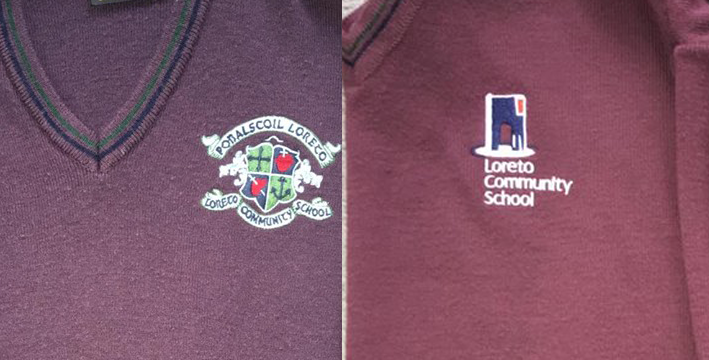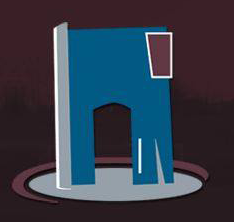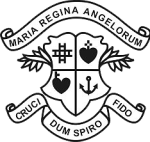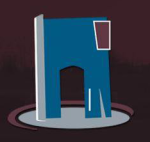 Down through the years the Loreto Milford Uniform has changed in various ways. When the school opened in 1969 the School was only accessible to girls. The school uniform at that time consisted of a long green below the knee skirt, green socks, brown shoes, a white shirt and a grey V-neck jumper, no girls were allowed to wear trousers. The uniform did not have a crest on it.
Down through the years the Loreto Milford Uniform has changed in various ways. When the school opened in 1969 the School was only accessible to girls. The school uniform at that time consisted of a long green below the knee skirt, green socks, brown shoes, a white shirt and a grey V-neck jumper, no girls were allowed to wear trousers. The uniform did not have a crest on it.
A year later the school then changed to a co-educational school and the boys wore a similar uniform with the same colour scheme. The boys wore black trousers, brown shoes, a white shirt and a grey jumper. All uniform for both boys and girls had a grey and green tie which was expected to be worn at all times.
 In 1995 it was decided that the school uniform would change. In 1995 the school held a competition for all students attending the school to design a new school uniform and come up with the new colour scheme. The competition was won by female leaving certificate student at the time. As the prize for winning the competition that student was allowed to wear black trousers while all the rest of the girls had to wear their green skirts.
In 1995 it was decided that the school uniform would change. In 1995 the school held a competition for all students attending the school to design a new school uniform and come up with the new colour scheme. The competition was won by female leaving certificate student at the time. As the prize for winning the competition that student was allowed to wear black trousers while all the rest of the girls had to wear their green skirts.
In 1996 the new uniform was brought into the school. The colour scheme for the new uniform was maroon, teal and navy. The uniform policy changed also at the time as girls now could now wear trousers. The new school uniform consisted of navy trousers for both boys and girls. A teal shirt, a maroon jumper with the Loreto crest on it, black shoes and a tartan skirt which was now optional for the girls. The tie which must be worn by all students is navy, maroon and teal.
In 2016 the uniform had a slight change, when the Loreto crest and writing was removed from the maroon jumper and relaced by the new crest of the school which is the Portal.
Crest
It was thought that the Loreto crest was developed by Mother Teresa Ball in the 1850s. The crest includes six different parts which are all of significance meaning, four symbols and two written mottos.
This is the crest that is worn on all school uniforms by all students in Loreto schools throughout the world.
The top of the Loreto crest has the Latin words “Maria Regina Angelorum” meaning “Mary, Queen of Angels” at the bottom the text reads “Cruci dun spiro fido” which is also Latin and translates to “In the cross, while I breathe, I trust”. These words inspire to bring us comfort on our journey through life.
The Loreto crest includes four different symbols which all represents something different.
The Cross – the emblem of salvation “The Place of honour is the Cross which represents the taking up of our daily cross and following our Lord through the difficult paths of this world”
The heart of Jesus – symbolises his personal love for us- “The sacred heart crowned with the cross symbolises that love is as strong as death- from this we may draw the strength we need”
The pierced heart of mary – depicting her courage as a guide for us all- “The pierced heart of our Queen mother symbolises the fact that we can be encouraged by her example and accept that which the Lord has ordained for us”
The anchor – the symbol of hope encouraging us to trust god.- “The anchor of hope keeps is firm and steadfast amidst the storms of life”
In 2016 the new crest for the uniforms was introduced. In 2010 a monument was built outside the front doors of the school called ‘The Portal’. The new crest which was introduced in 2016 is called the ‘Portal of Learning’ an image that is taken from the monument outside the school building.
 A man called Joseph Salamon a sculptor designed this monument. The meaning of the monument/crest is that the image is of an open portal. This open portal symbolises entering the place of learning and knowledge, open to all those who seek new horizons on a firm base- going to school. Also known as the ‘The Portal of Knowledge’.
A man called Joseph Salamon a sculptor designed this monument. The meaning of the monument/crest is that the image is of an open portal. This open portal symbolises entering the place of learning and knowledge, open to all those who seek new horizons on a firm base- going to school. Also known as the ‘The Portal of Knowledge’.
“As a sculptor I choose as far as possible to create monumental works in context with landscape and architecture. Every commission is a challenge. Every work of art should be related to the site and have symbolic significance specific for it.”
Joseph Salamon



